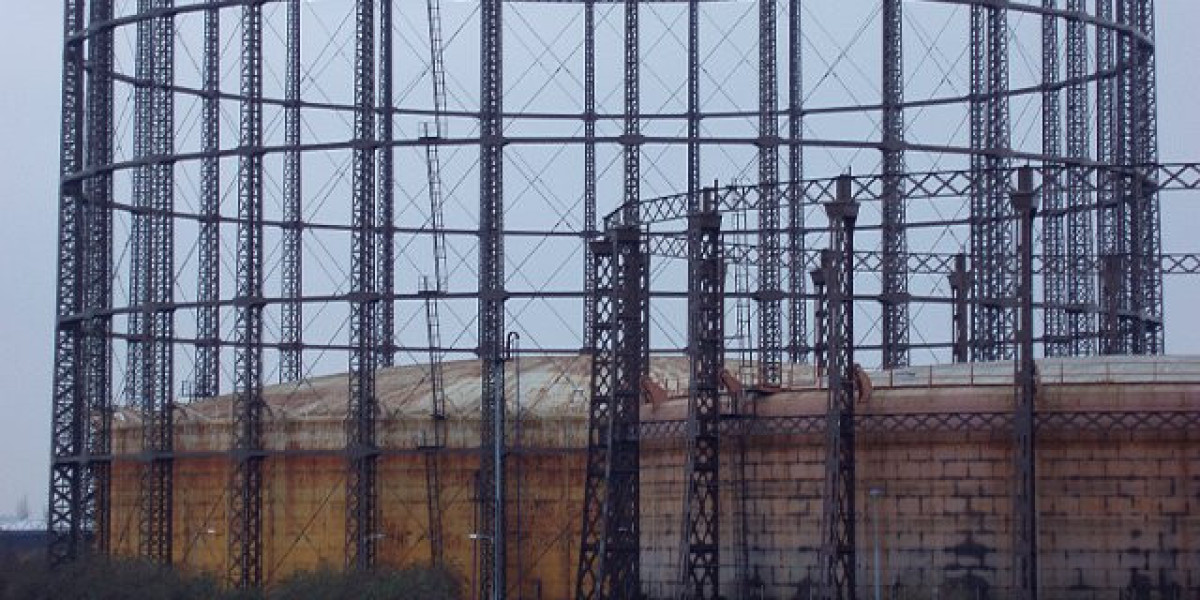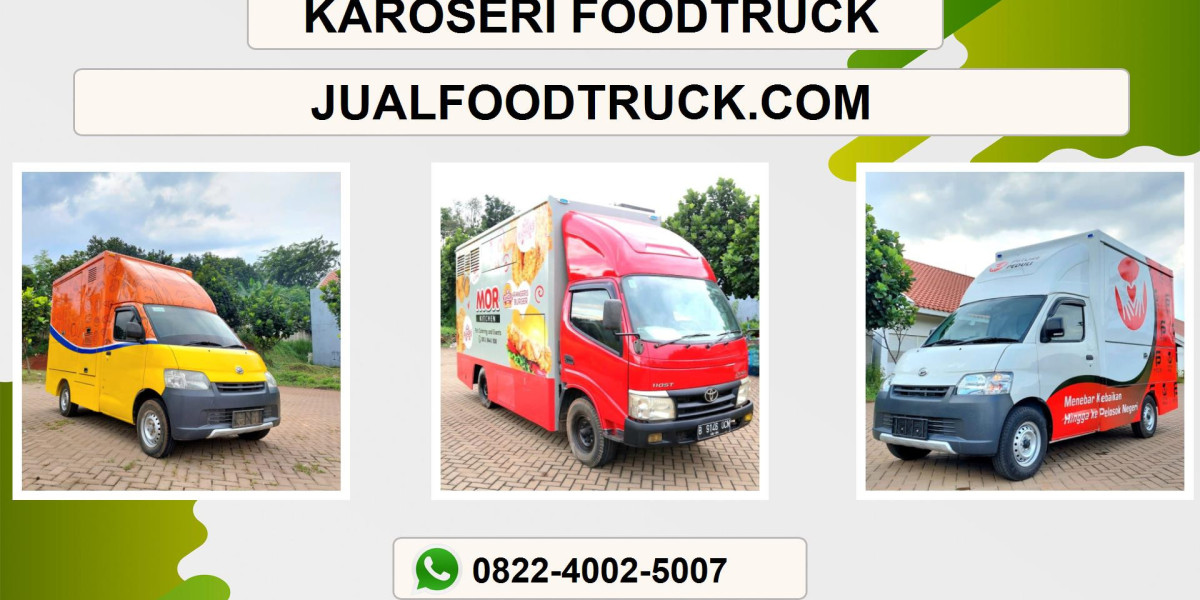Running out of driveway space? Or maybe you’ve got a car you love but don’t drive every day. That’s when car storage units come into the picture. They give you a safe spot to park your vehicle, whether it’s for a month, a season, or longer.
But here’s the thing: not all storage options are the same. Costs vary depending on what affects car storage cost per month, like the type of unit, location, size, and even the little extras you might not think about at first.
In this guide, you’ll learn everything you should know before signing a contract, so your car stays protected, and your wallet doesn’t take a surprise hit.
Why Do People Rent Car Storage Units?
There are plenty of reasons people turn to storage units for their cars. Maybe you’re moving and can’t take your vehicle with you right away. Or perhaps you own a classic car that only comes out on sunny weekends. Seasonal drivers, like those with convertibles in winter or snow-ready trucks in summer, often need a safe place during off-months.
For some, the issue is simply space. Not everyone has a big driveway or a garage at home, and city parking can feel like a nightmare. Renting a unit solves that problem instantly.
Beyond convenience, there’s also security. Facilities usually have gated access, cameras, and on-site staff, which is a lot more reliable than leaving your car on the street.
Of course, once you know why storage might help you, the next question is how to choose the right type.
What Types of Car Storage Are Available?
When you start looking, you’ll find three main types of car storage:
Outdoor Parking Spaces
The most affordable option.
Works fine for short-term needs or vehicles you don’t mind being exposed.
Downside: your car faces weather, dust, and possible sun damage.
Covered Storage
Think of it as a carport at a storage facility.
Keeps your car out of direct sun, rain, or snow.
Still not fully enclosed, so some exposure remains.
Indoor Storage Units
Fully enclosed garages within a storage facility.
Often climate-controlled, which protects paint, tires, and interiors.
Best for long-term storage or high-value cars.
Each type has its own balance of cost and protection. Outdoor might be fine for a second car, but if you’re storing a restored classic, indoor storage is usually worth it.
Still, type is just one piece of the puzzle, where the facility is and what size you choose matters just as much.
How Location and Size Impact Costs
Storage prices aren’t one-size-fits-all. Where you rent has a big effect on the monthly bill.
Urban areas: Higher demand and less space mean higher costs.
Suburban areas: Usually more affordable, with larger facilities.
Rural locations: Cheapest, but possibly less convenient.
Size also plays a huge role. Common unit sizes include:
10x15: Fits small sedans or compact cars.
10x20: The most popular size, perfect for most cars, SUVs, and small trucks.
10x30: For oversized vehicles or when you want extra room to walk around.
It’s easy to assume a bigger unit is always better but renting more space than you need means paying for square footage you’ll never use.
So, once you’ve figured out the right size and location, it’s time to look at features that might make your life easier, or your car safer.
Features and Amenities That Add Value
Facilities like to offer extras, and some of them are worth paying for.
Security: Cameras, gated entry, and sometimes even on-site guards.
Climate Control: A must if you’re storing long-term, especially in areas with extreme heat, cold, or humidity.
Access Hours: Some places are 24/7, while others have office-style hours. If you want flexibility, make sure you ask.
Lighting & Outlets: Helpful if you want to charge a battery or check your car at night.
These features can bump up the cost, but they often add real value—especially if you’re storing something you care about long-term.
Of course, costs don’t stop at the base price. It’s smart to think about hidden fees and ways to keep your budget in check.
Budgeting and Hidden Costs to Watch Out For
Here’s where many renters get caught off guard: the extras.
The monthly rent is just the start. You might also face:
Insurance fees (sometimes required).
Admin or setup charges when you first sign up.
Deposits that may or may not be refundable.
Late fees if you miss a payment.
Lock purchases if you’re required to use a certain type.
Another thing to consider is contract length. Some facilities give discounts if you commit for six months or a year. Paying upfront can also save you money.
To avoid surprises, ask for a full breakdown of costs before you sign. Don’t be shy about asking for promotions or deals either, many facilities offer specials for new customers.
Once you’ve wrapped your head around costs, it’s time to ask the right questions before moving forward.
Questions to Ask Before Renting
Not all facilities are the same, so here are a few must-ask questions:
Will my car definitely fit in this unit?
What security measures are included in the price?
Are there restrictions on the type of vehicle I can store?
Can I access my car whenever I need, or are there limited hours?
If I leave early, are there penalties or fees?
These questions save you from surprises later. For example, some places might not allow cars that leak fluids, while others require proof of insurance.
Getting clear answers now means you can compare facilities fairly. And once you’ve got that information, you’re almost ready to lock in your choice.
Final Checklist Before Renting
Before you sign the paperwork, make sure you’ve:
Measured your car and matched it to the unit size.
Visited the facility to see conditions in person.
Read the contract carefully, especially about fees.
Checked insurance requirements (yours or theirs).
Compared at least two or three facilities before deciding.
It sounds simple, but many people skip one or two of these steps and end up regretting it. A quick walk-through or a double-check on size can make all the difference.
With this checklist complete, you’ll know you’re making the right call.
Conclusion
Renting a car storage unit isn’t complicated, but it does take a little planning. The type of unit, where it’s located, its size, and the features you choose all play into the overall cost. Add in a few smart questions and a final checklist, and you’ll avoid the mistakes most first-time renters make.
If you’re ready to get your car off the street and into a safe spot, don’t wait around. Compare a few facilities, check the details, and rent a 10x20 storage unit today if it fits your needs.
After all, finding the right storage space is less about stress, and more about knowing your car is right where it should be.







